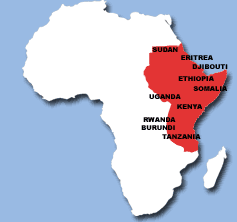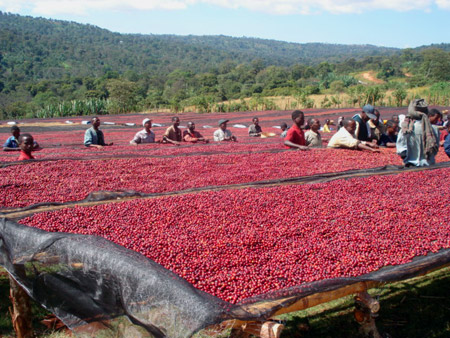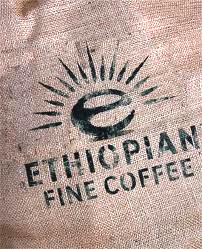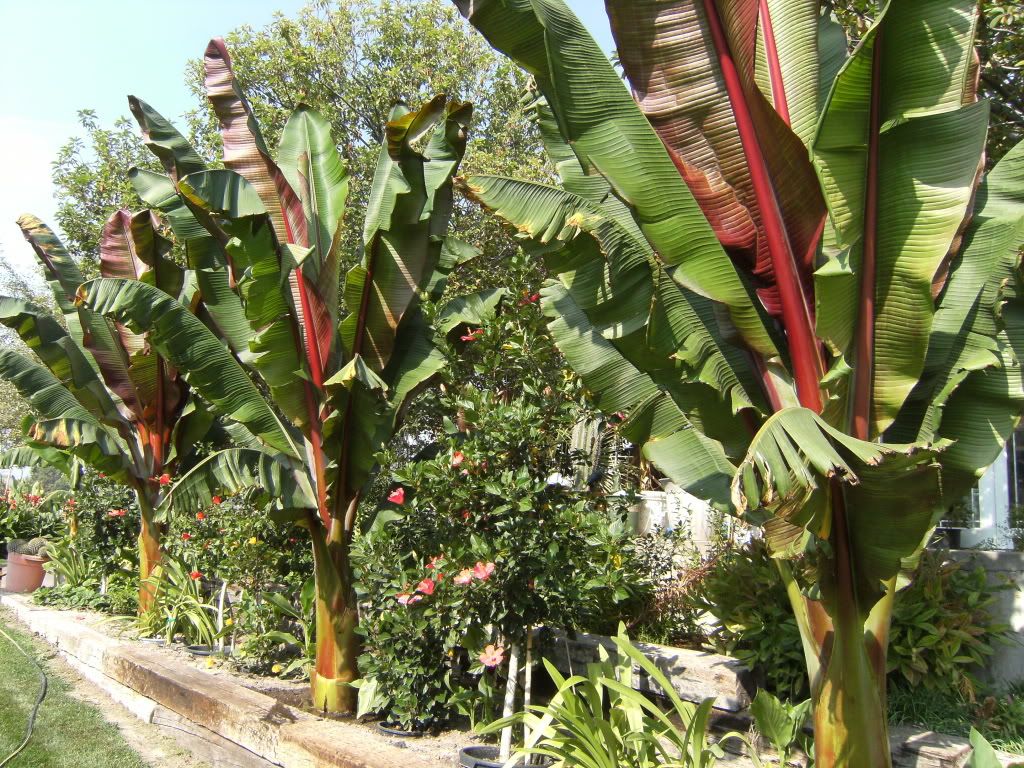The introduction provides basic information concerning sub-Saharan Africa, which helps readers when reading following chapters. Each of four chapters has detailed information in regard to four regions in sub-Saharan Africa, ranging from geography to food and culture. In addition, glossary, resource guide, appendix, and bibliography are written after the forth chapter, from which we can get a lot of related information and deepen the reading and enhance knowledge in regard to food culture in sub-Saharan Africa.
After reading
Having read this book, I was able to enjoy reading and learn about food and culture in sub-Saharan Africa. I found some features similar to or different from the culture familiar to me, such as food from which people take carbohydrate. This book is well-organized and really helps further and widen our knowledge as regards food culture. Hence, I highly recommend the book.






















